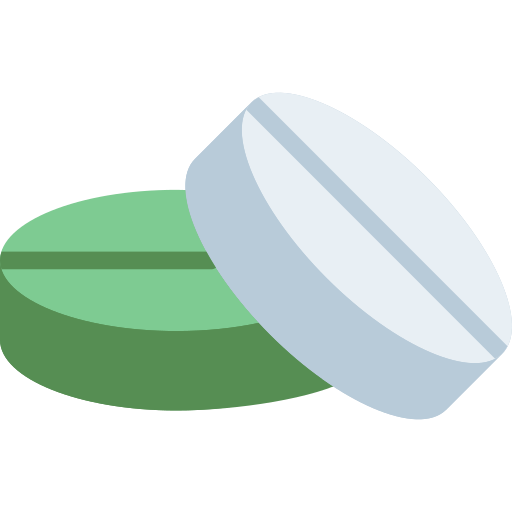
Sparfloxacin
200 mg
Healthcare Pharmaceuticals Ltd.
Product Details
Description
Sparfloxacin is indicated for the treatment of adults (≥18 years of age) with the following infections caused by susceptible strains of the designated microorganisms: Community-acquired pneumonia (CAP) caused by Chlamydia pneumoniae, Haemophilus influenzae, Haemophilus parainfluenzae, Moraxella catarrhalis, Mycoplasma pneumoniae , or Streptococcus pneumoniae Acute bacterial exacerbations of chronic bronchitis (ABECB) caused by Chlamydia pneumoniae, Enterobacter cloacae, Haemophilus influenzae, Haemophilus parainfluenzae, Klebsiella pneumoniae, Moraxella catarrhalis, Staphylococcus aureus , or Streptococcus pneumoniae. It is also indicated for- Chronic Obstructive Pulmonary Disease (COPD) Acute Maxillary Sinusitis (AMS) Urinary tract infections including gonococcal and nongonococcal urethritis, chancroid and other sexually transmitted diseases. Bacterial prostatitis. Bacterial diarrhoea Osteomyelitis Other uses include treatment of tuberculosis in combination with rifampicin and isoniazid, treatment of leprosy in combination with standard drugs.
Sparfloxacin is contraindicated to the patients who are hypersensitive to any of its ingredient Pregnancy and lactation Glucose-6-Phosphate Dehydrogenase (G6PD) deficiency History of Achilles tendinitis following the use of fluoroquinolones
Most of the side effects are mild to moderate in severity and transient in nature. The most frequently reported events with the recommended dosage were: Photosensitivity reaction, Diarrhea, Nausea, Headache, Dyspepsia, Dizziness, Insomnia, Abdominal pain, Pruritus, Taste perversion, QTc interval prolongation, Vomiting, Flatulence, Vasodilatation.
There are no adequate and well controlled studies in pregnant women. Sparfloxacin should be used during pregnancy only if the potential benefit justifies the potential risk to the fetus.
Special warnings: Moderate to severe phototoxic reactions have occurred in patients exposed to direct or indirect sunlight or to artificial ultraviolet light (e.g., sunlamps) during or following treatment. Patients should be advised to discontinue Sparfloxacin therapy at the first signs or symptoms of a phototoxicity reaction such as: Sensation of skin burning Swelling Rash Itching Dermatitis Increases in the QTc interval. The safety and effectiveness of Sparfloxacin in children, adolescents (under the age of 18 years), pregnant women, and lactating women have not been established. Precaution- Adequate hydration of patients receiving Sparfloxacin should be maintained to prevent the formation of a highly concentrated urine. Administer Sparfloxacin with caution in the presence of renal insufficiency. Avoid the concomitant prescription of medications known to prolong the QTc interval, e.g., erythromycin, terfenadine etc. Excessive exposure to sunlight should be avoided.
Geriatric: The pharmacokinetics of sparfloxacin‚ are not altered in the elderly with normal renal function. Paediatric: The pharmacokinetics of sparfloxacin in paediatric subjects have not been studied. Gender: There are no gender differences in the pharmacokinetics of sparfloxacin. Renal insufficiency: In patients with renal impairment (creatinine clearance <50 mL/min), the terminal elimination half-life of sparfloxacin is lengthened. Single or multiple doses of sparfloxacin in patients with varying degrees of renal impairment typically produce plasma concentrations that are twice those observed in subjects with normal renal function. Hepatic impairment: The pharmacokinetics of sparfloxacin are not altered in patients with mild or moderate hepatic impairment without cholestasis.
4-Quinolone preparations
To store this medicine it should be kept out of the reach of children. Stored away from heat and direct light. Stored below 30ºC.
-
Support 24/7
Call us anytime -
100% Safety
Only secure payments